OLD TOWN MEMORY
Project Title
Old Town Memory
Role
Product Designer
Duration
2023.4 - 2023.8
Team
Personal Project
Tools
Figma, Photoshop
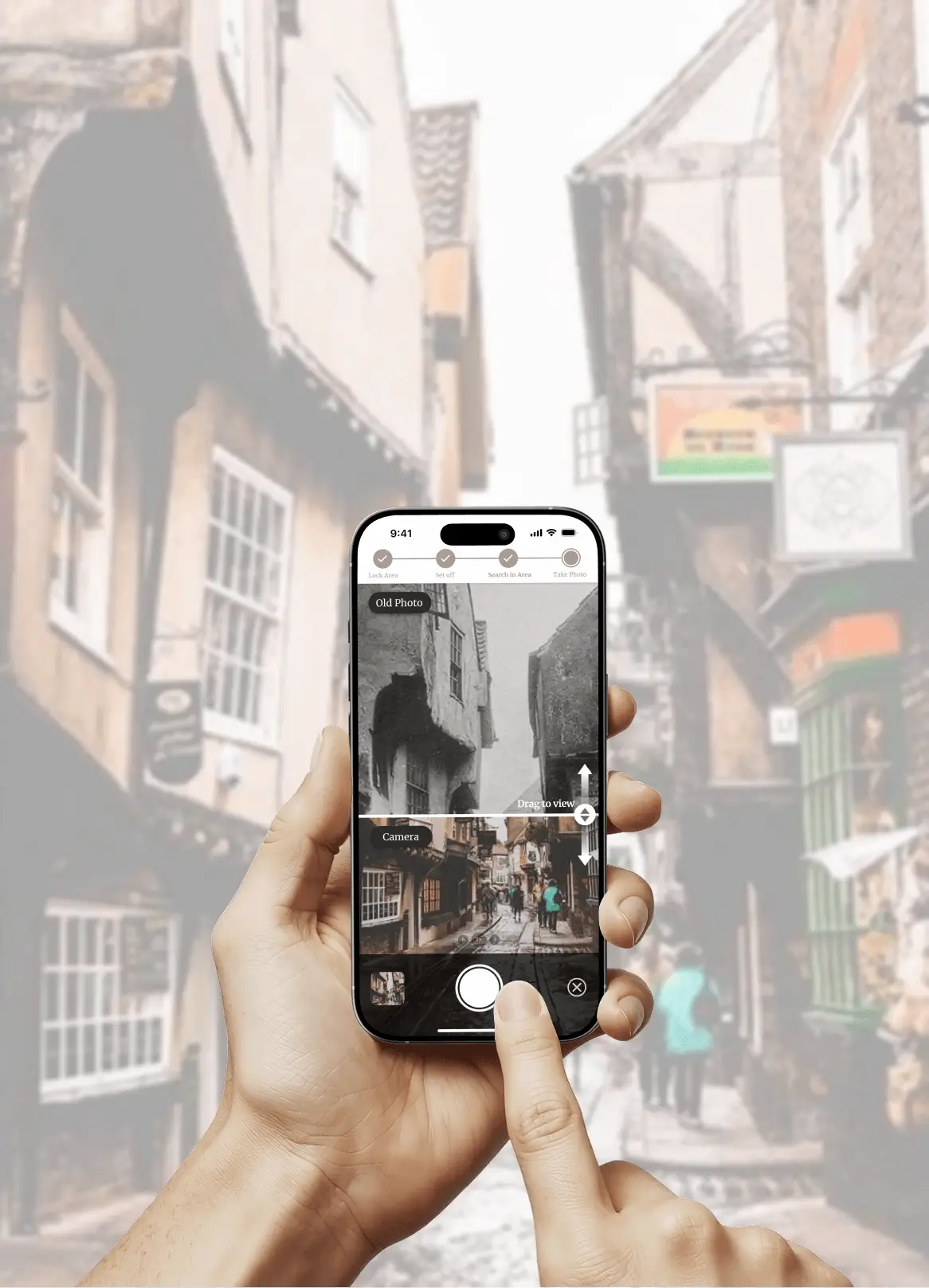
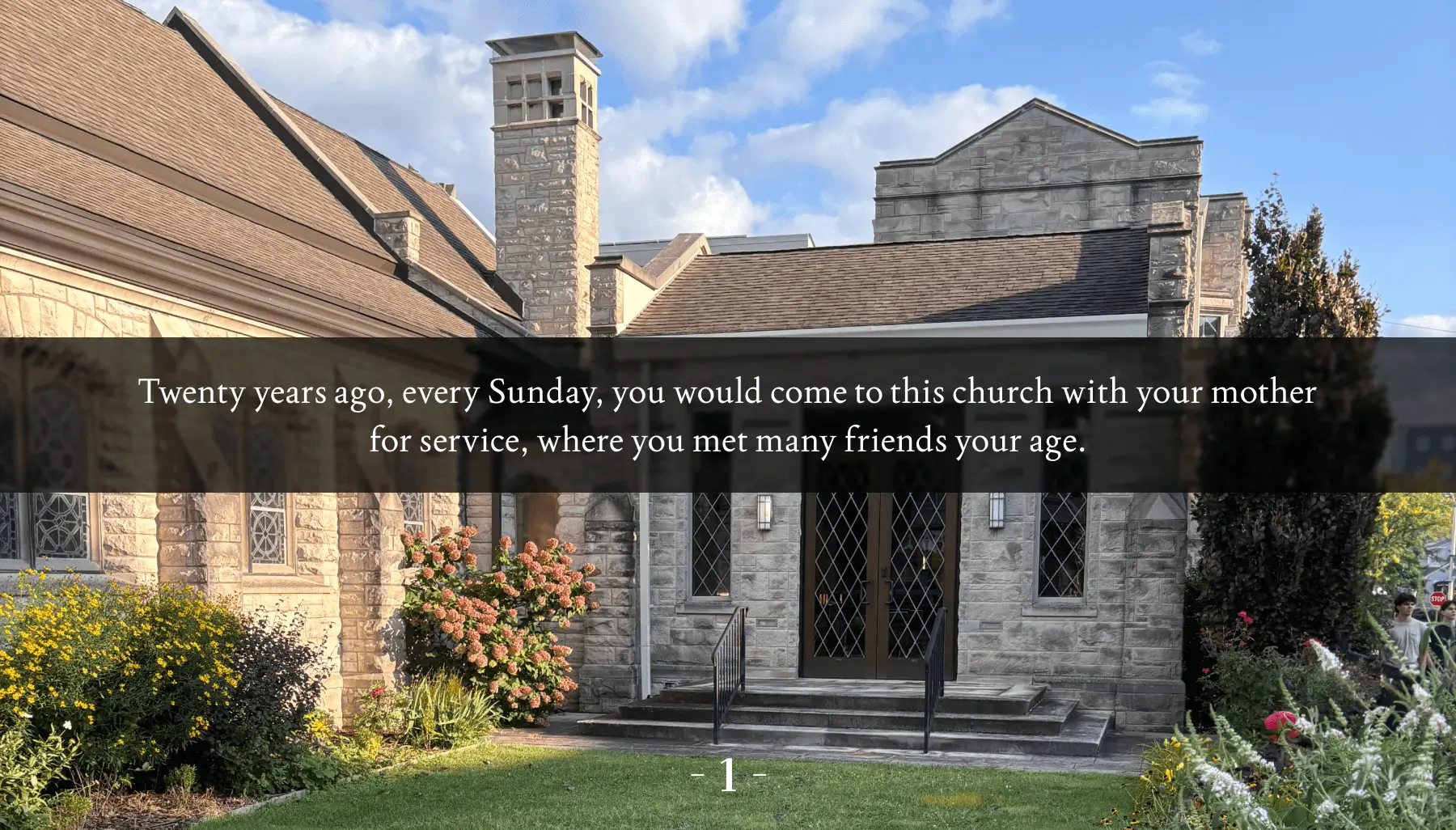
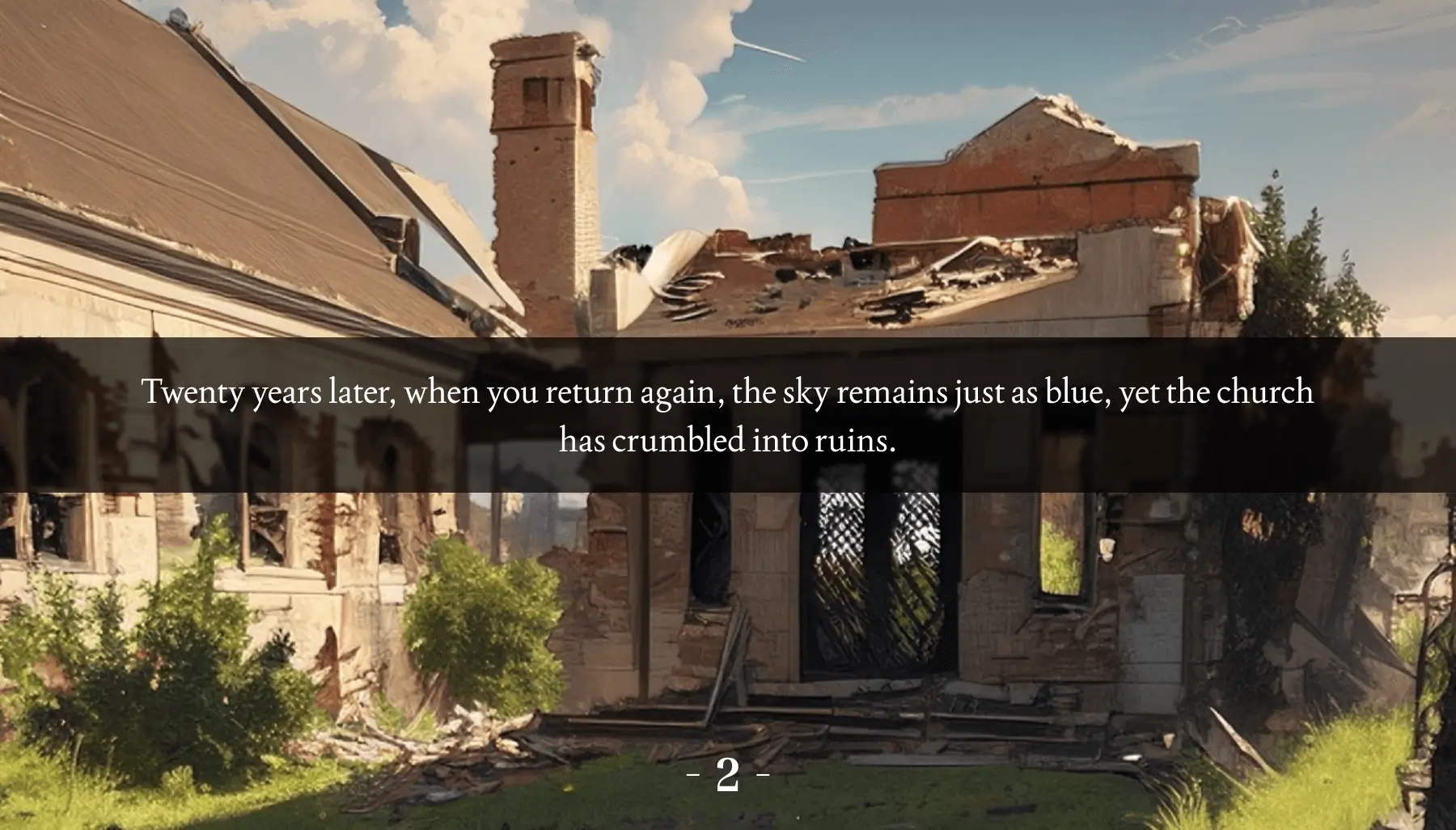
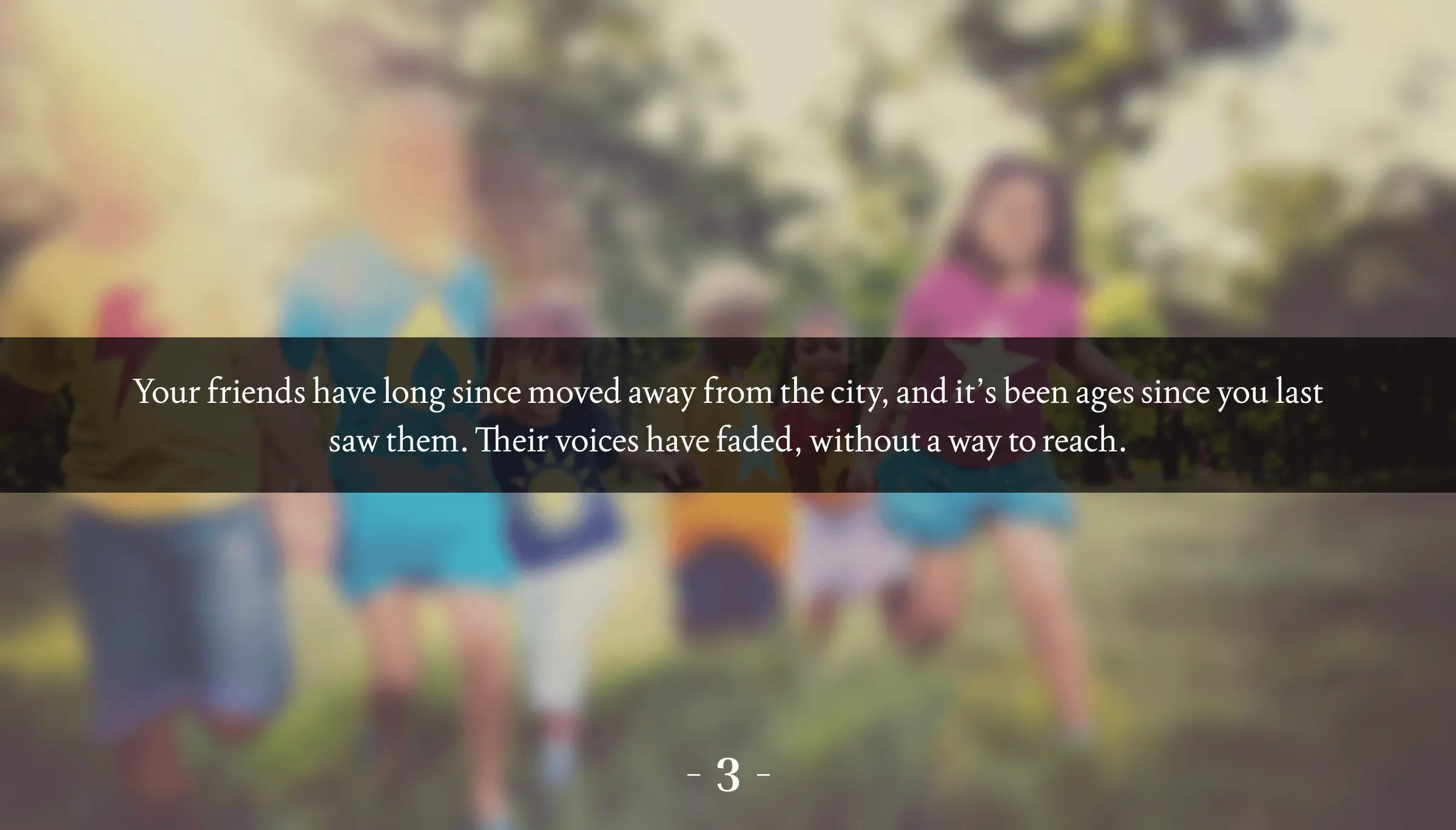
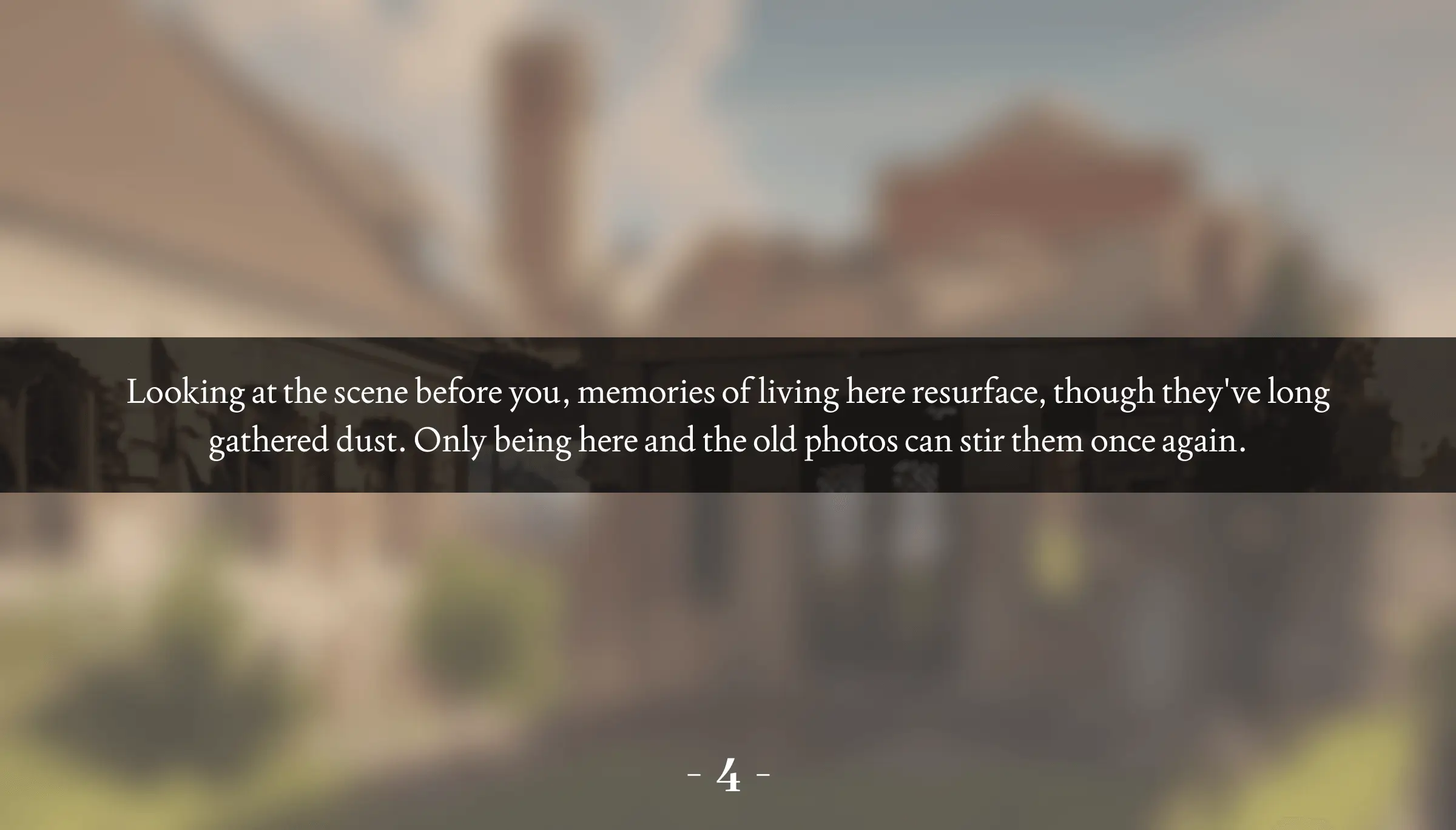
"When I go back, I feel like my past and existence have been killed and erased."
—— By an interviewee
Context
What happened when the urban declined?
Town changed
Experiences and habits of somewhere cease
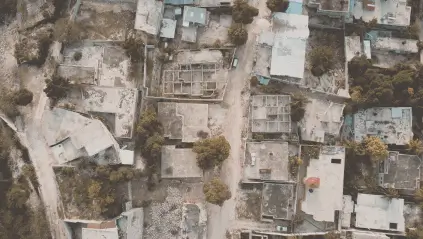
San Francisco
People separated
Lost contact with neighbors and friends who once knew
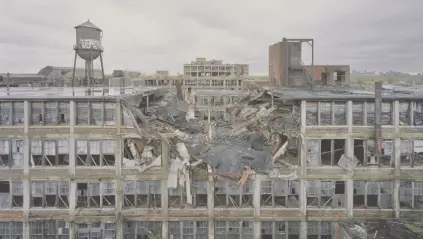
Detroit
Memory not aroused
Memories of somewhere are no longer aroused and forgotten.
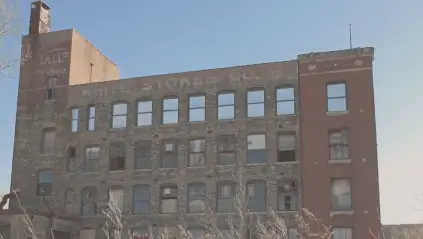
Chicago
Solution
How to meet the nostalgic needs caused by urban decline?
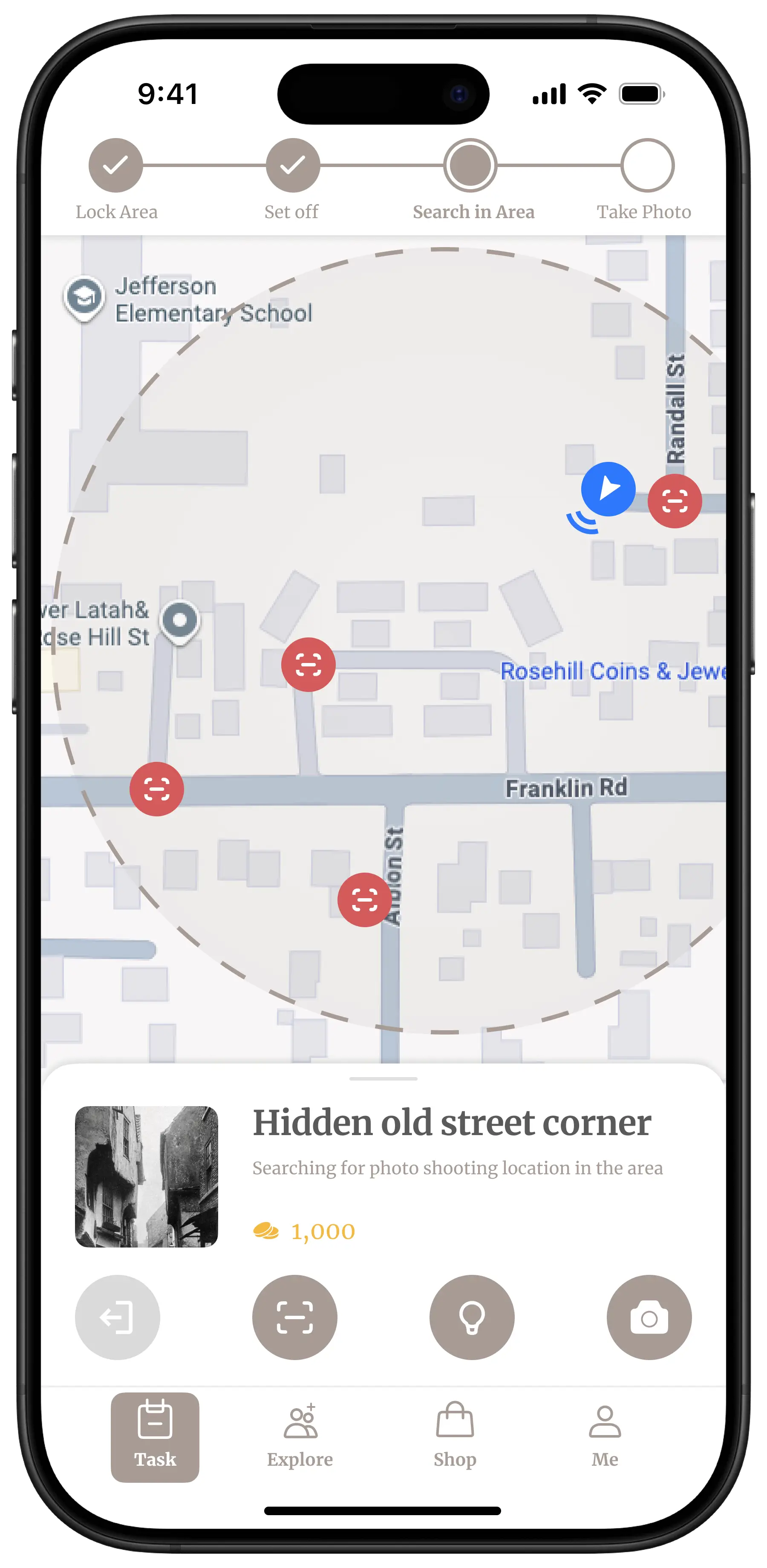
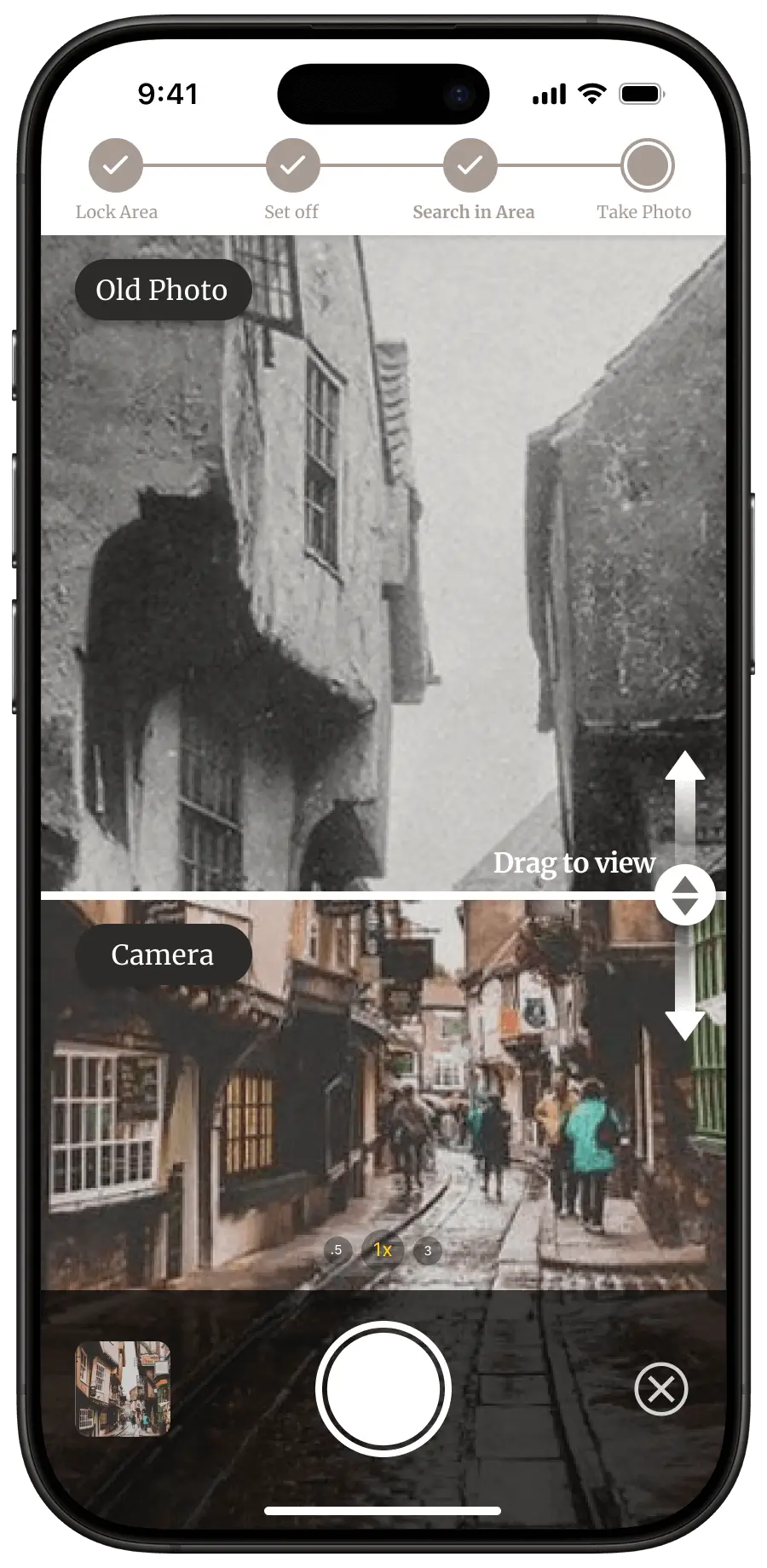
Find where old photos were taken
Old photos uploaded by users and released
Use clues, such as using AR to obtain clues from old shops, to pinpoint the original locations of old photos and enable users to 'check-in'
Find old friends through photos
Discover other users who have shared memories linked to the same location in old photos
Reunite with old friends who lost touch with by tracing shared locations and memories
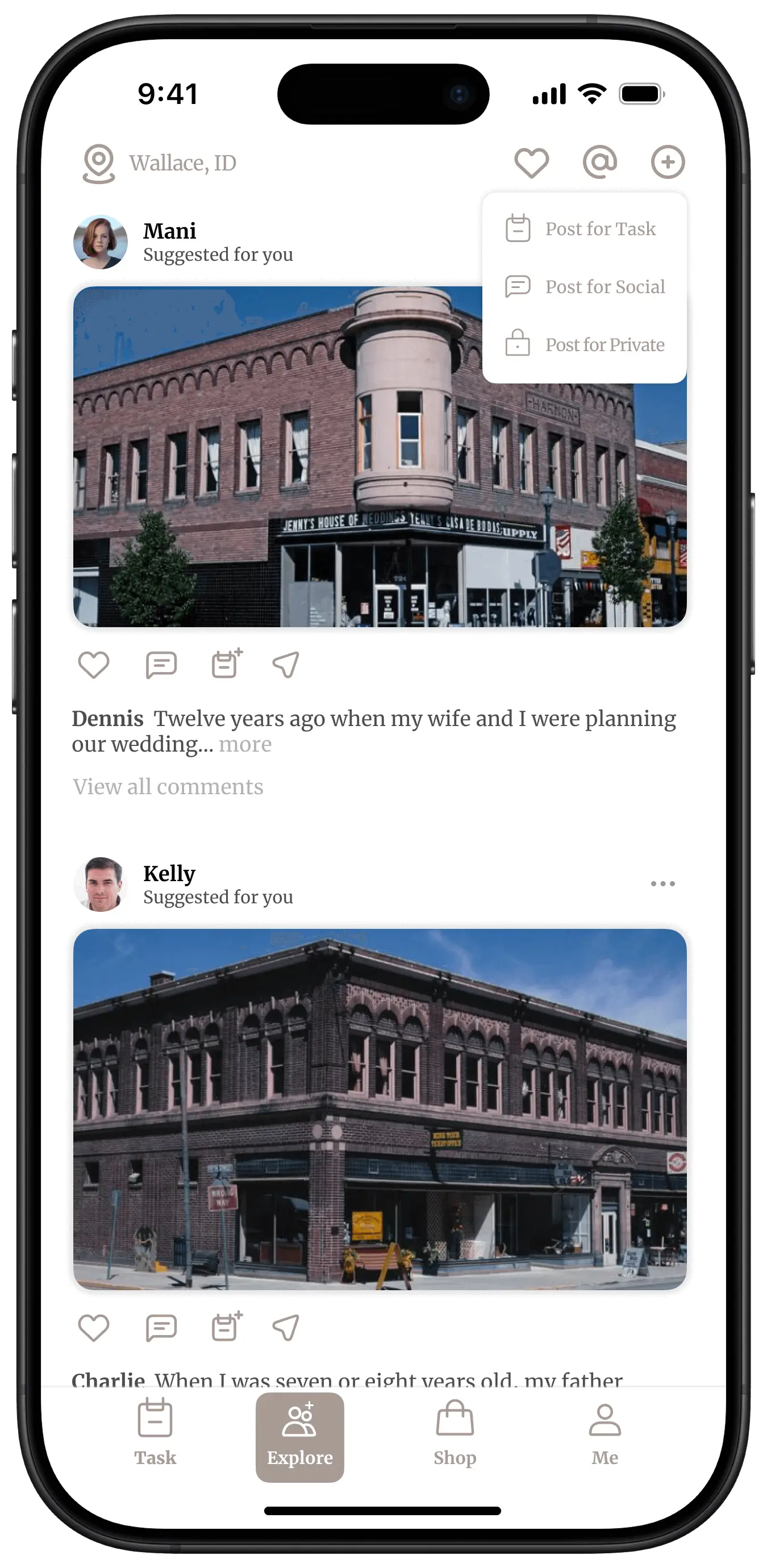
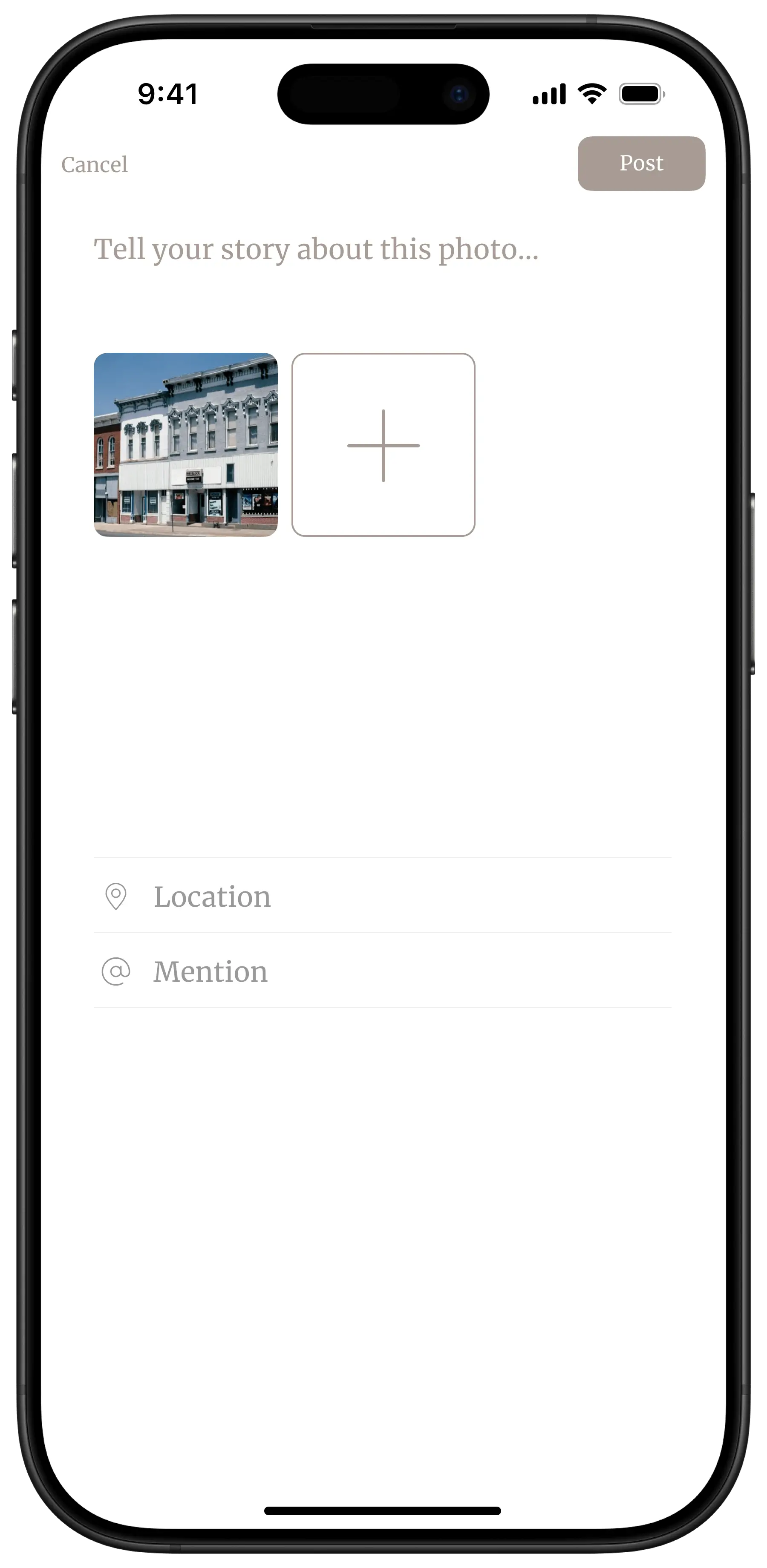
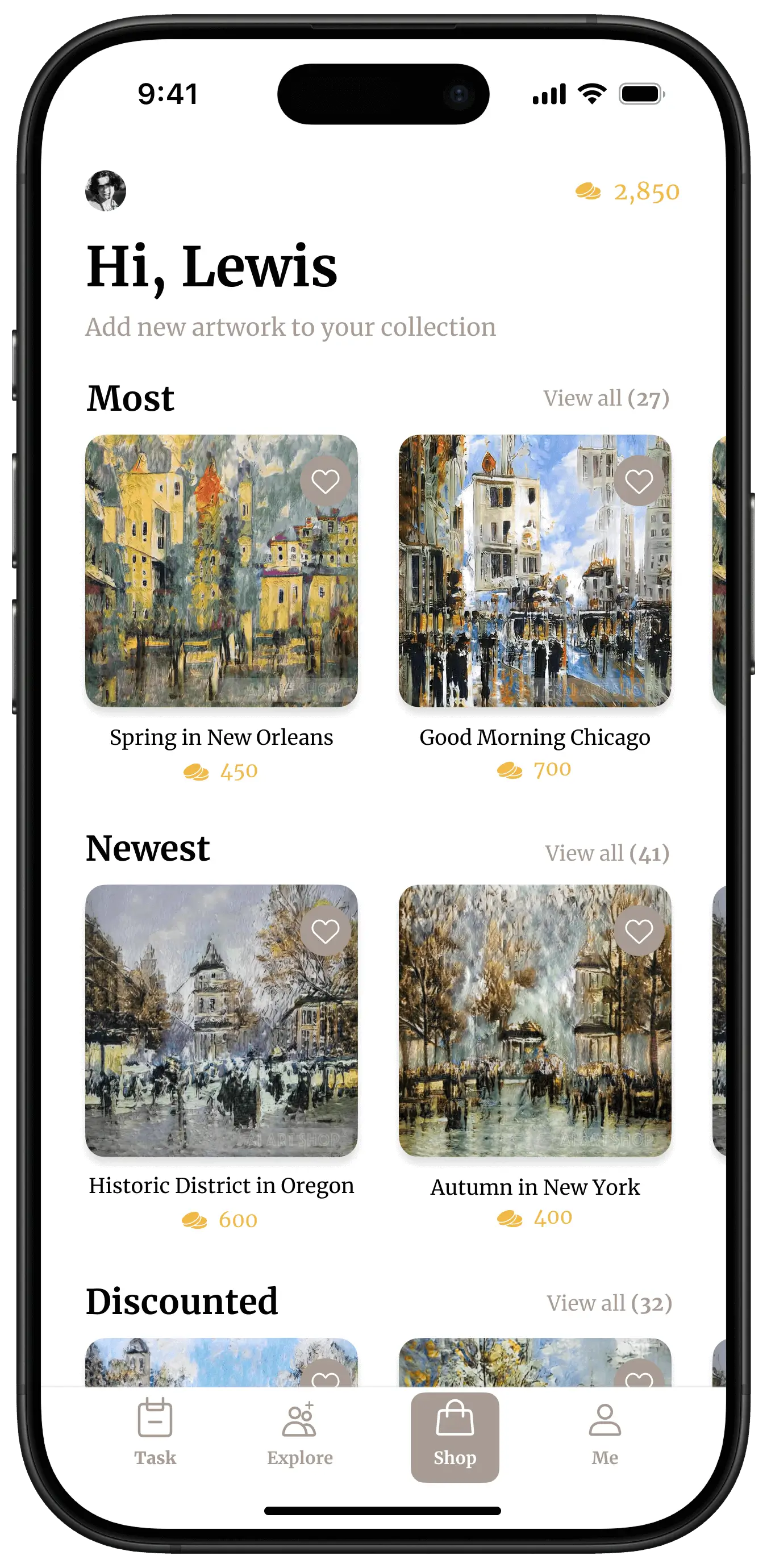
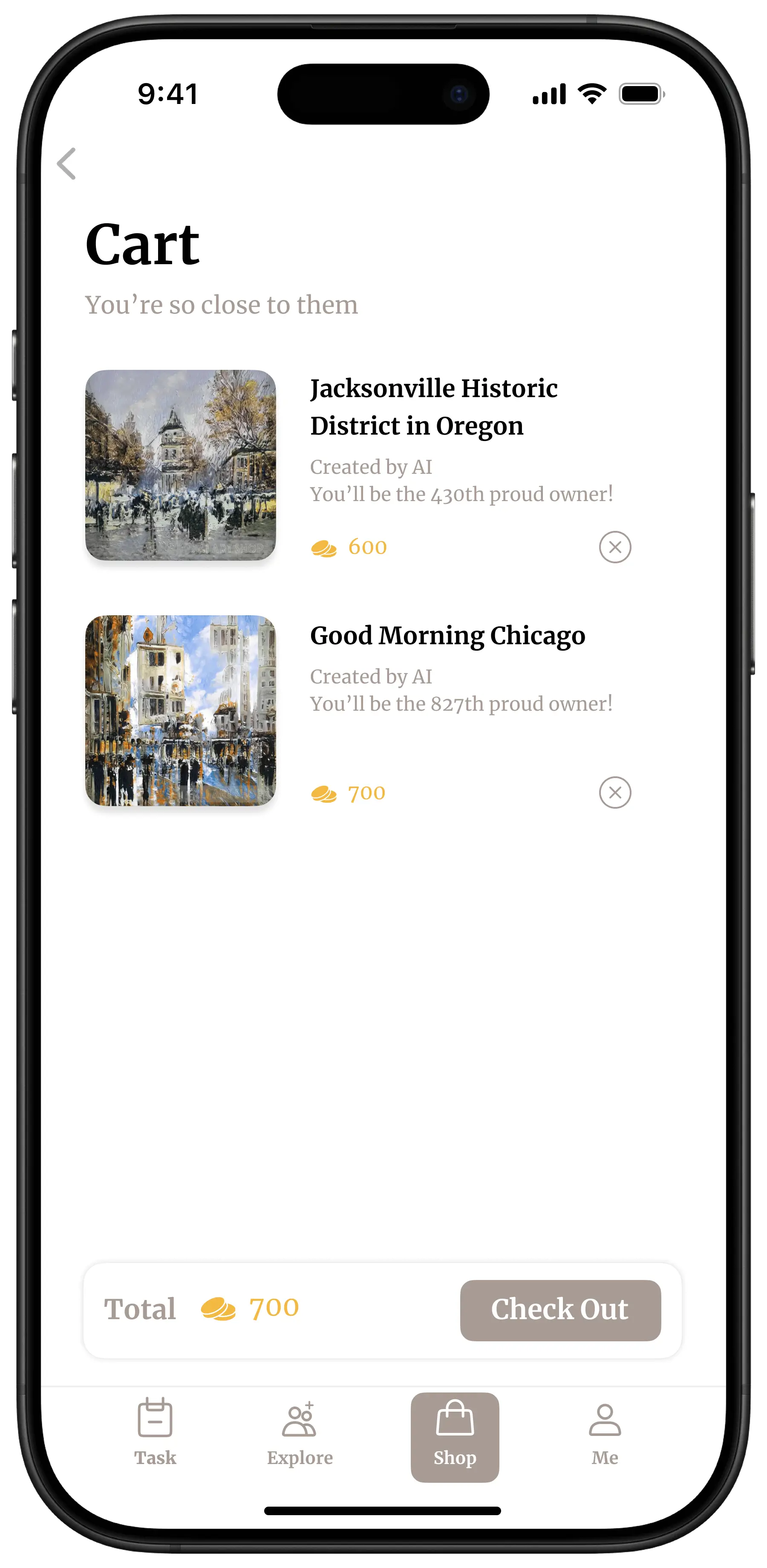
Find beloved city artwork
Explore and collect city-themed artwork created and uploaded by other users and AI
Use points earned through completing tasks or contributing content to purchase artworks
Research
Interviewed residents affected by urban decline
Valid Questionnaire
Semi-structured Interview
Generation Groups
We focus on...
- · Attitude and emotions toward urban renewal
- · Personal memories tied to specific urban landscapes
- · Behaviors and motivations related to urban exploration
Insights
Urban decline wipes out traces of personal memory
Limited tools and motivation to revisit memories

· Nostalgia unmet by existing tools
· Passive engagement with past (e.g., pass by, browse photos)
Desire to reconnect with long-lost acquaintances

· Disconnection from old friends and long-lost acquaintances
· Lack of means to reestablish contact
Interest in hometown-themed visual content

· Enjoy place-based artwork
· Limited access to such content
Design Strategy
How to encourage users to relive old town memory?
Lack of products and motivation
Motivational design to encourage exploration
Desire to reconnect with long-lost acquaintances
Create opportunities for reconnection
Enjoy city-themed visual content
Virtual artwork collection and trade
Conceptualization
Concept Development Based on Three Strategic Directions
We developed six concepts and invited 11 out of 12 interviewees to evaluate and rate the perceived value of each. Meanwhile, we as designers assessed the feasibility of implementing each concept. The scoring was based on a 5-point scale.
Concept A: Puzzle Solving & Check-In
· User can upload and publish old photos
· User can follow various clues (e.g., using AR to uncover hints from old shops) to locate where the photos were originally taken and check in at those locations.
Value Score: 3.82
Feasibility Score: 4
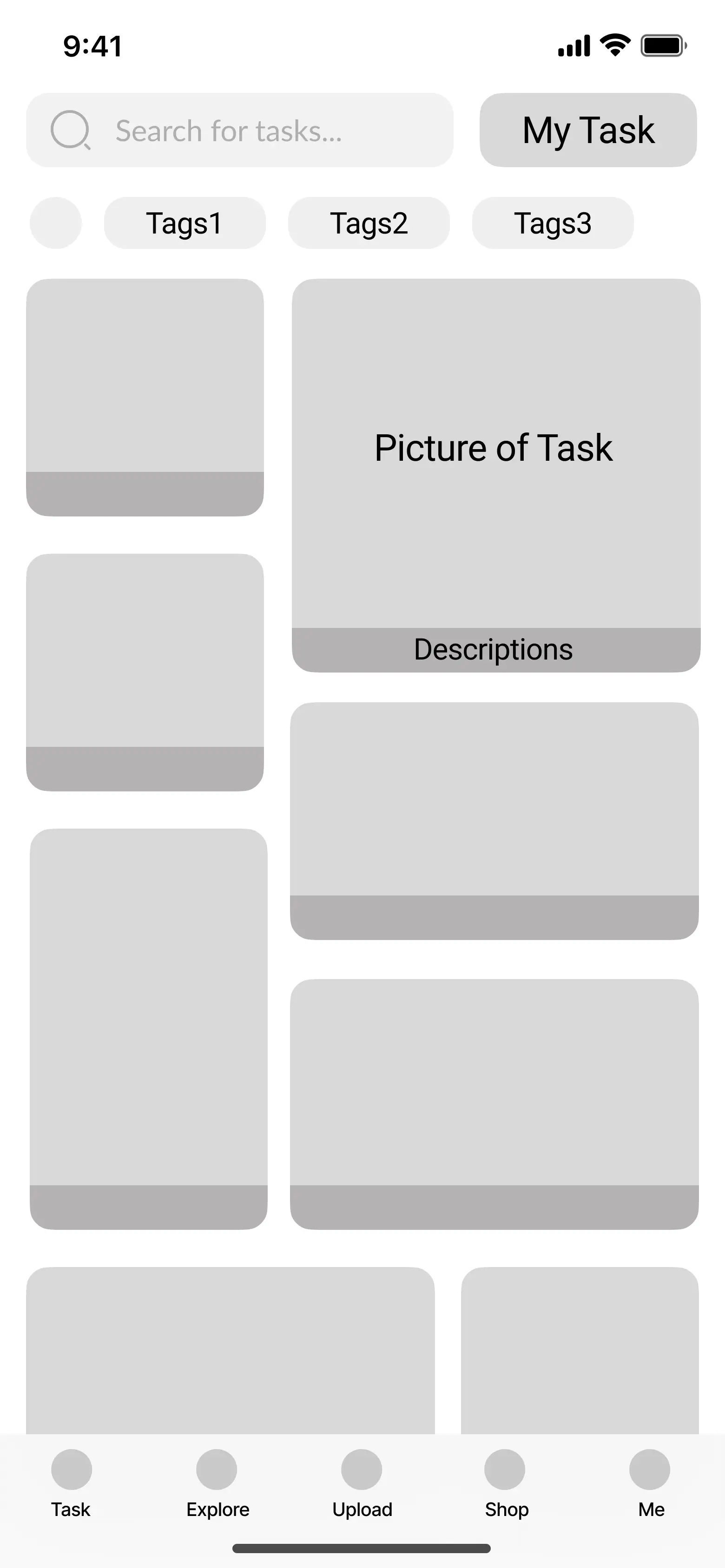
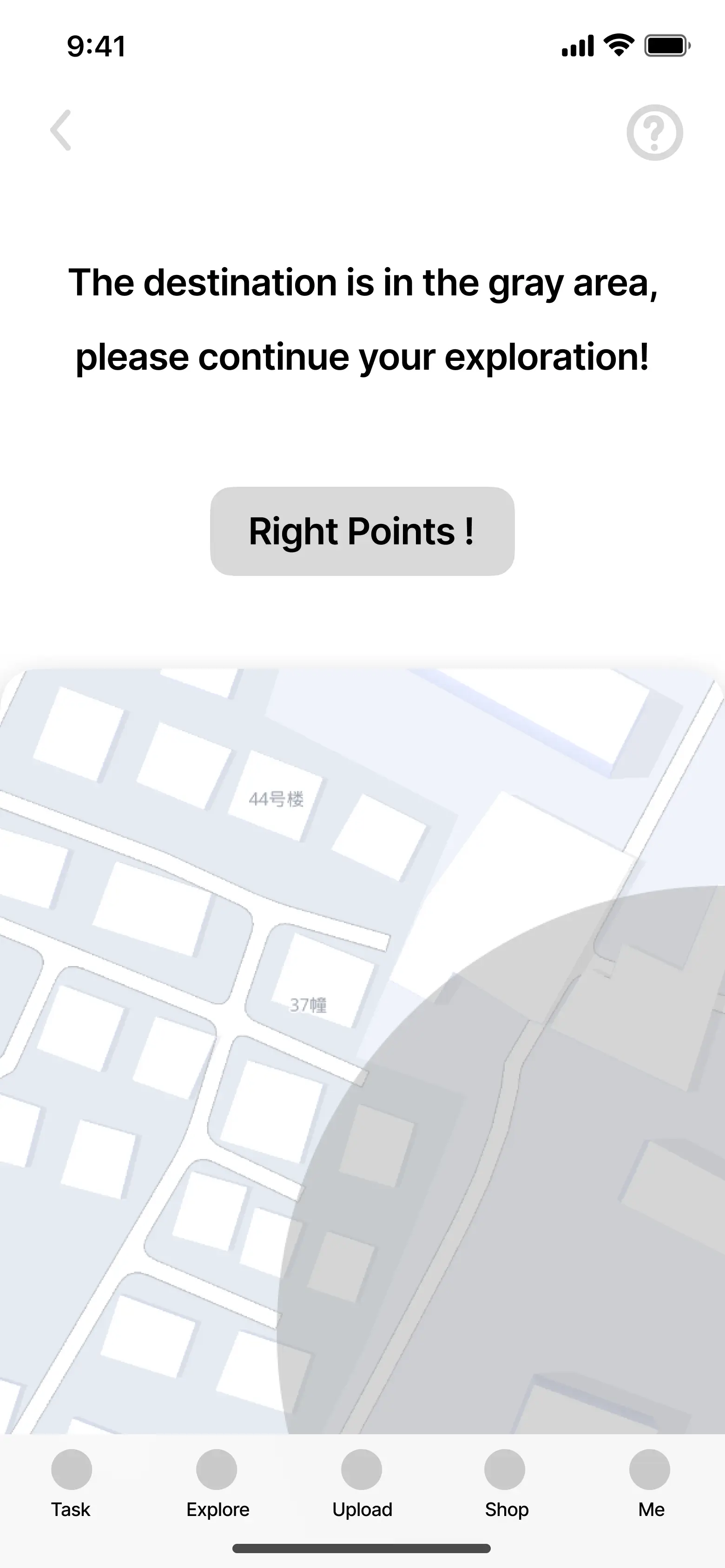
Concept B: Photo Sharing & Social Connection
· Users can upload photos that capture their personal memories of the venue. Others with shared or similar experiences can comment and engage in conversation.
Value Score: 3.64
Feasibility Score: 4
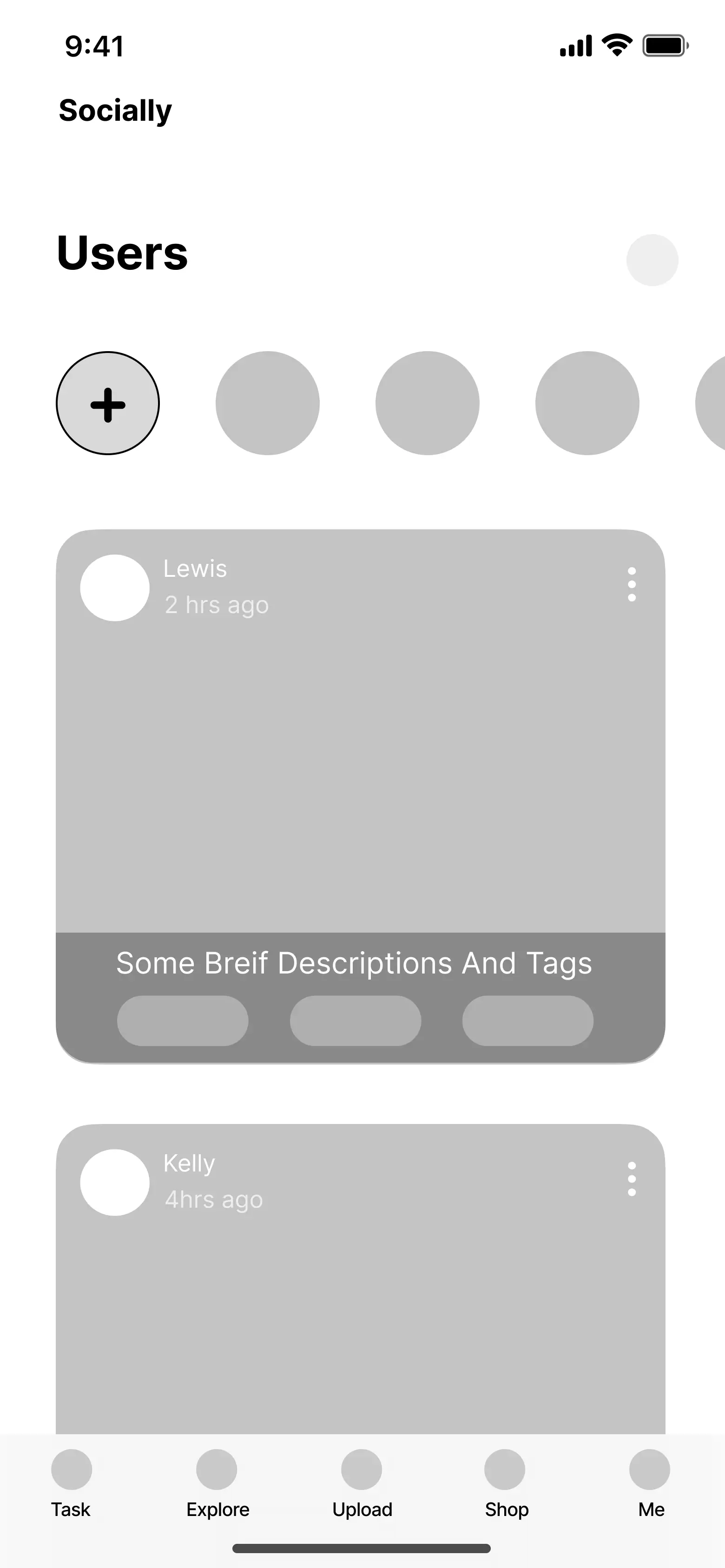
Concept C: Collective Memory Forum
· Users can participate in themed discussions around historical city events and share old photos representing collective memories.
Value Score: 3.36
Feasibility Score: 4.5
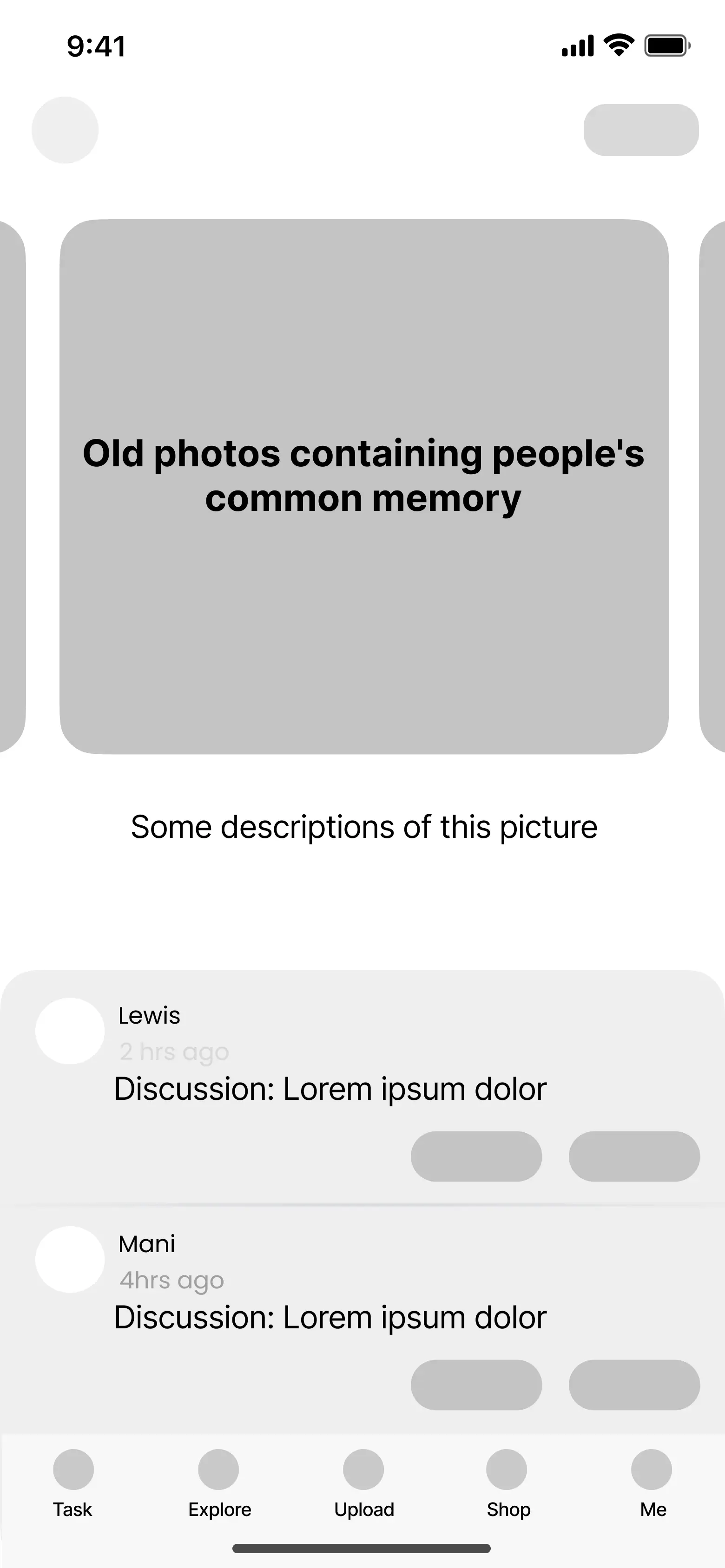
Concept D: Re-creation by AI and users
· Users can upload old photos for AI to repair and recreate. They can download, edit, and republish the restored photos.
Value Score: 3.64
Feasibility Score: 3.5
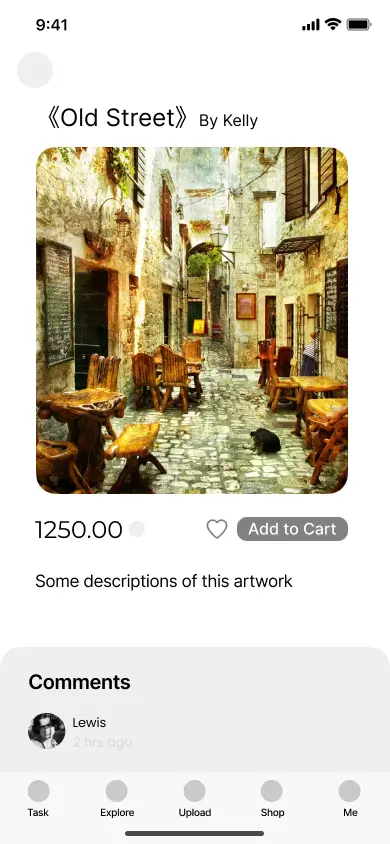
Concept E: Cooperative Modeling Platform
· Users can co-create 3D models to reflect changes in the venue over time using a shared platform.
Value Score: 3.64
Feasibility Score: 2
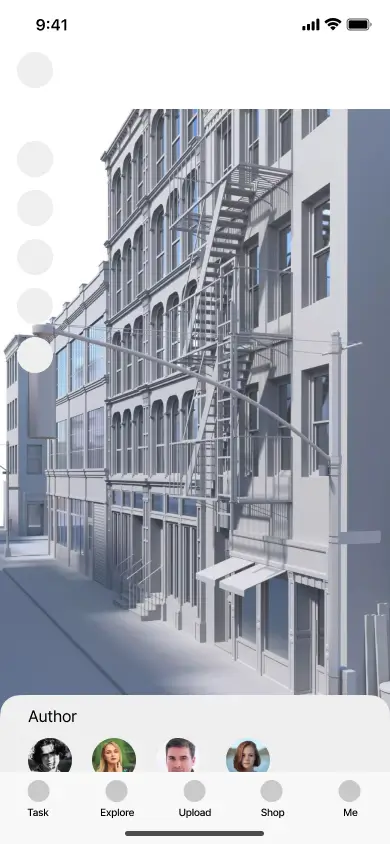
Usability Testing Plan
12 Interviewees in 3 Groups

Participants
Groups
We conducted three rounds of usability testing with 12 participants (labeled A–L), divided into three groups. Each group completed specific tasks and rated the prototype on a scale of 1 to 10.
Iteration #1
Searching in the area
A feature designed to help users identify the location where an old photo was taken within a defined area. The interface provides relevant tools and visual guidance.
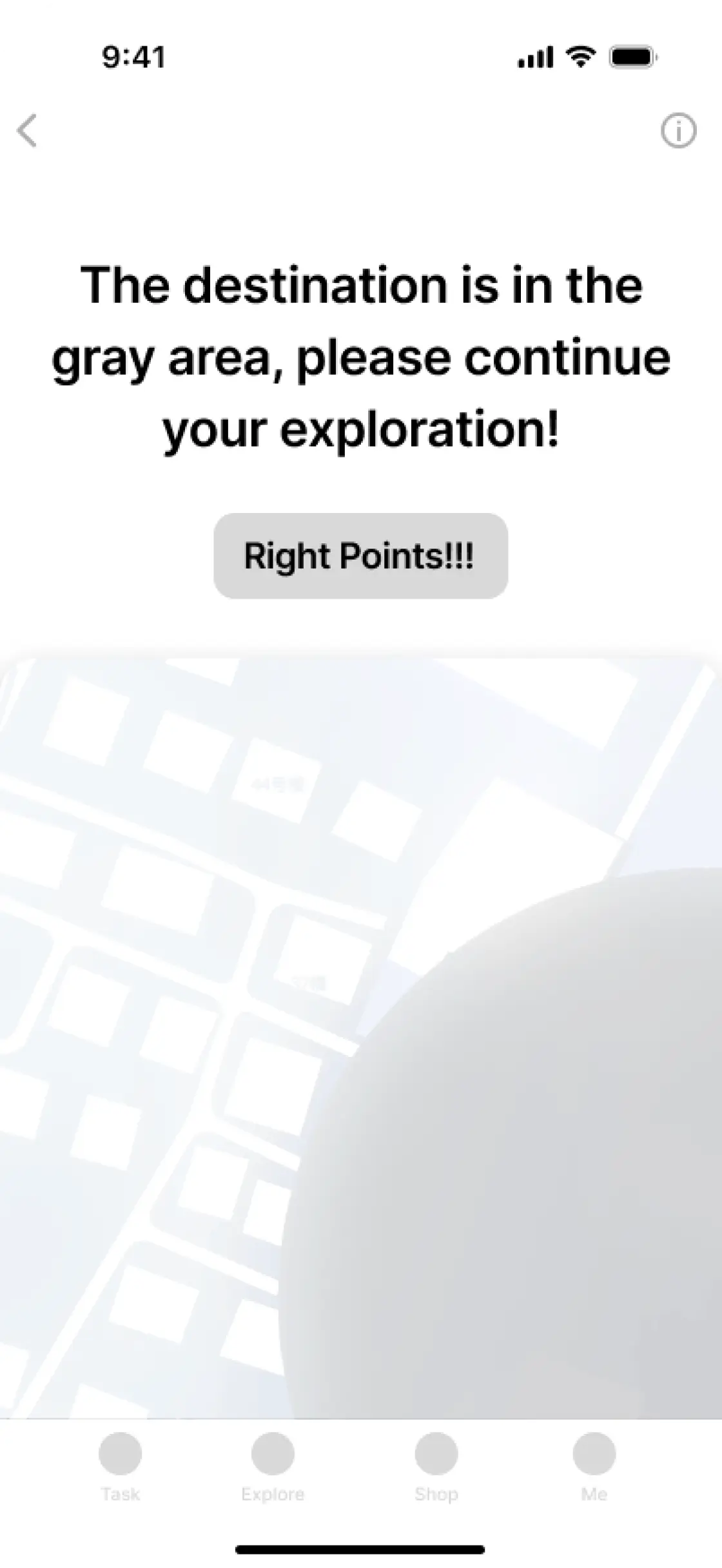
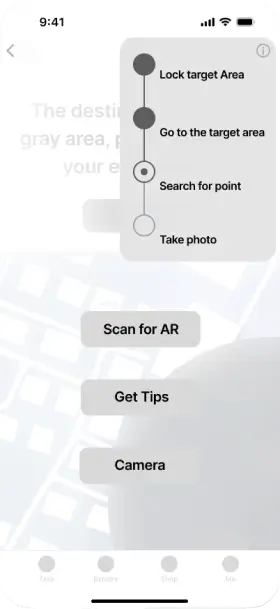
Problem
· Few users noticed the progress bar or tools
· Cannot use tools and the map simultaneously
Goal
· Make the progress bar easier to locate and use
· Ensure tools are usable alongside the map
1st Iteration
Adjust Progress Bar and Tools Information Hierarchy
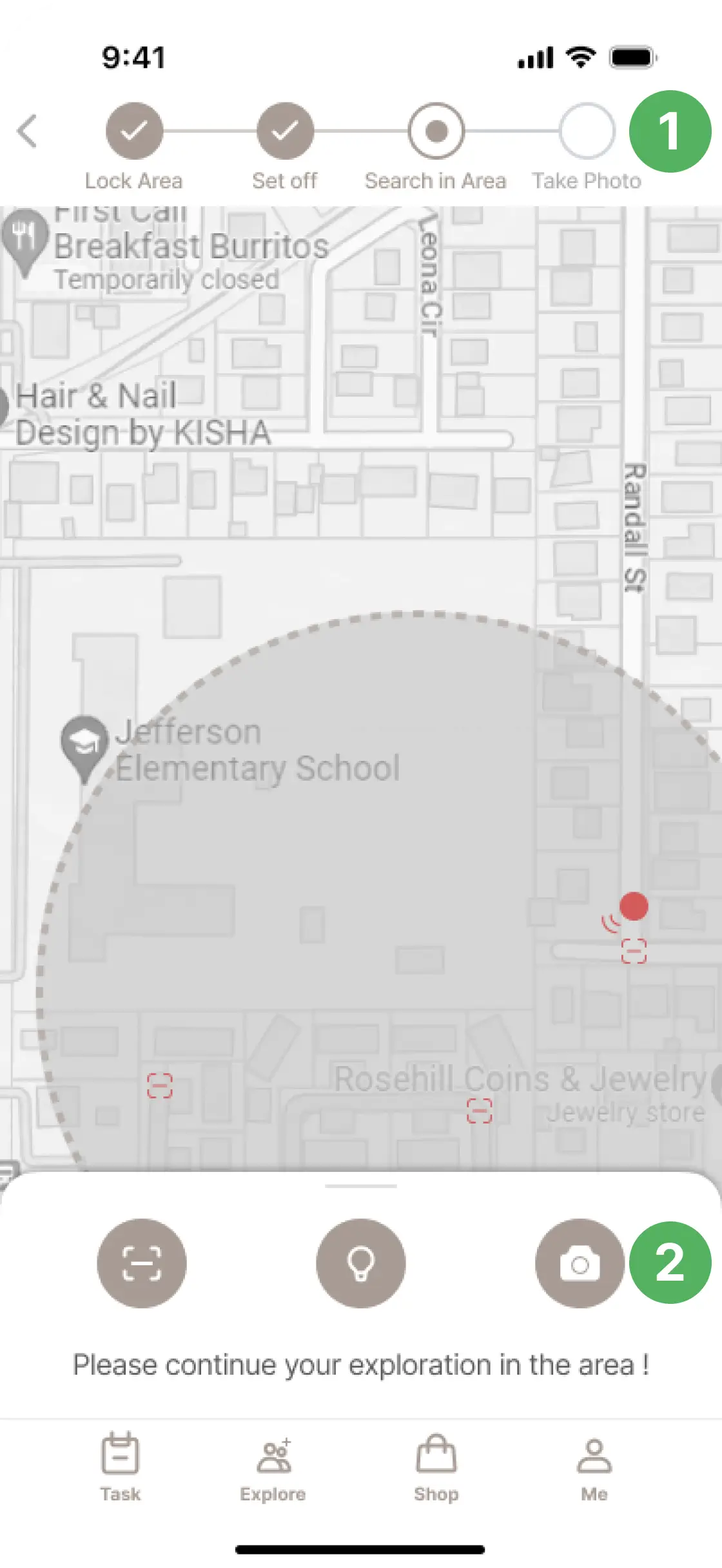
Improvement
· Progress Bar & Tools higher information hierarchy
· Make the map the primary focus of the layout
Problem
· Need access to the original old photo for reference
· Unable to view details while completing tasks
Goal
· Enable users to view the task-related old photo
· Provide access to task details
2nd Iteration
Add Task Details
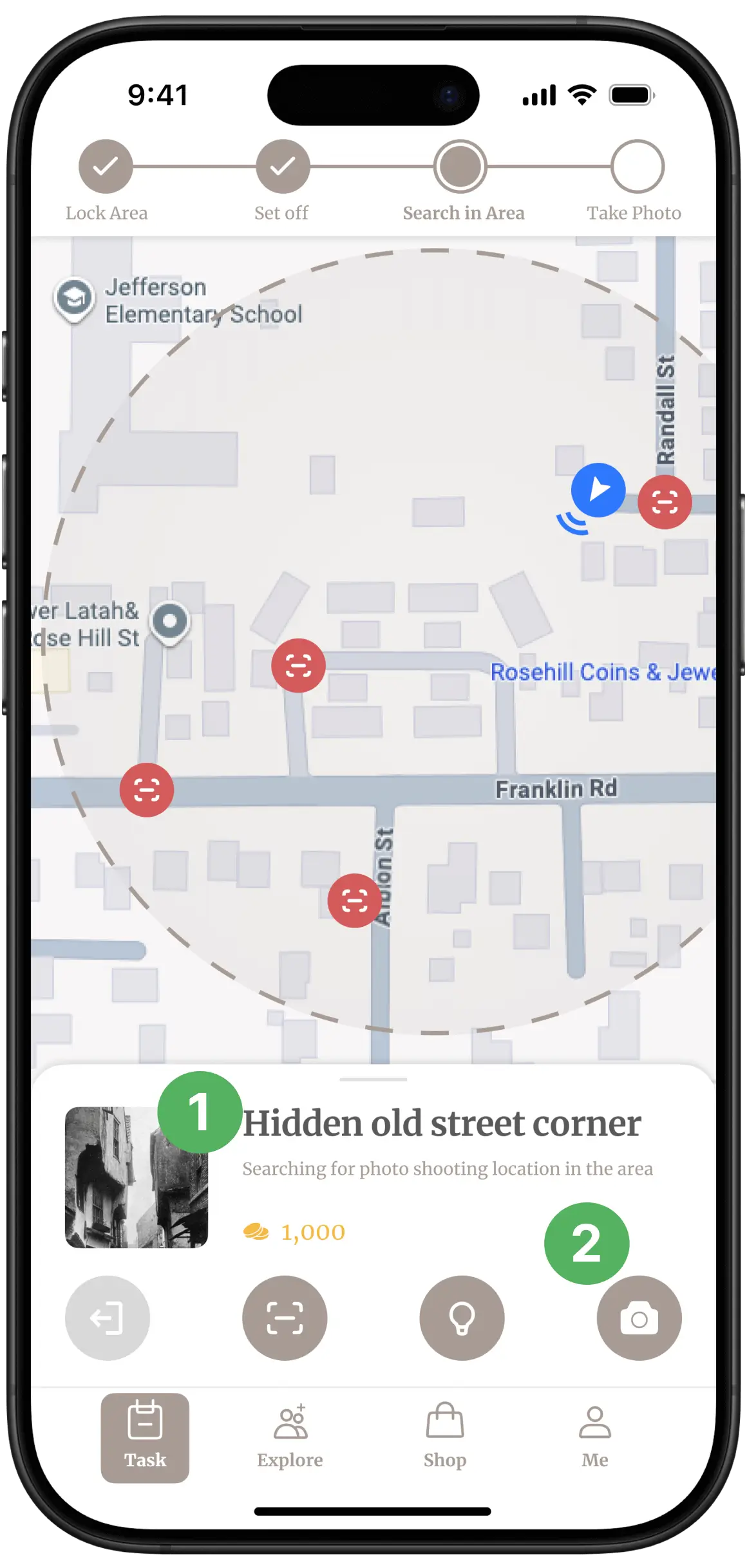
Improvement
· Add an old photo reference within the task flow
· Add a section displaying task details
Iteration #2
Overlay old photo and camera footage
After capturing a photo, users can compare it with the historical photo by overlaying the two images. This allows users to visualize changes over time.
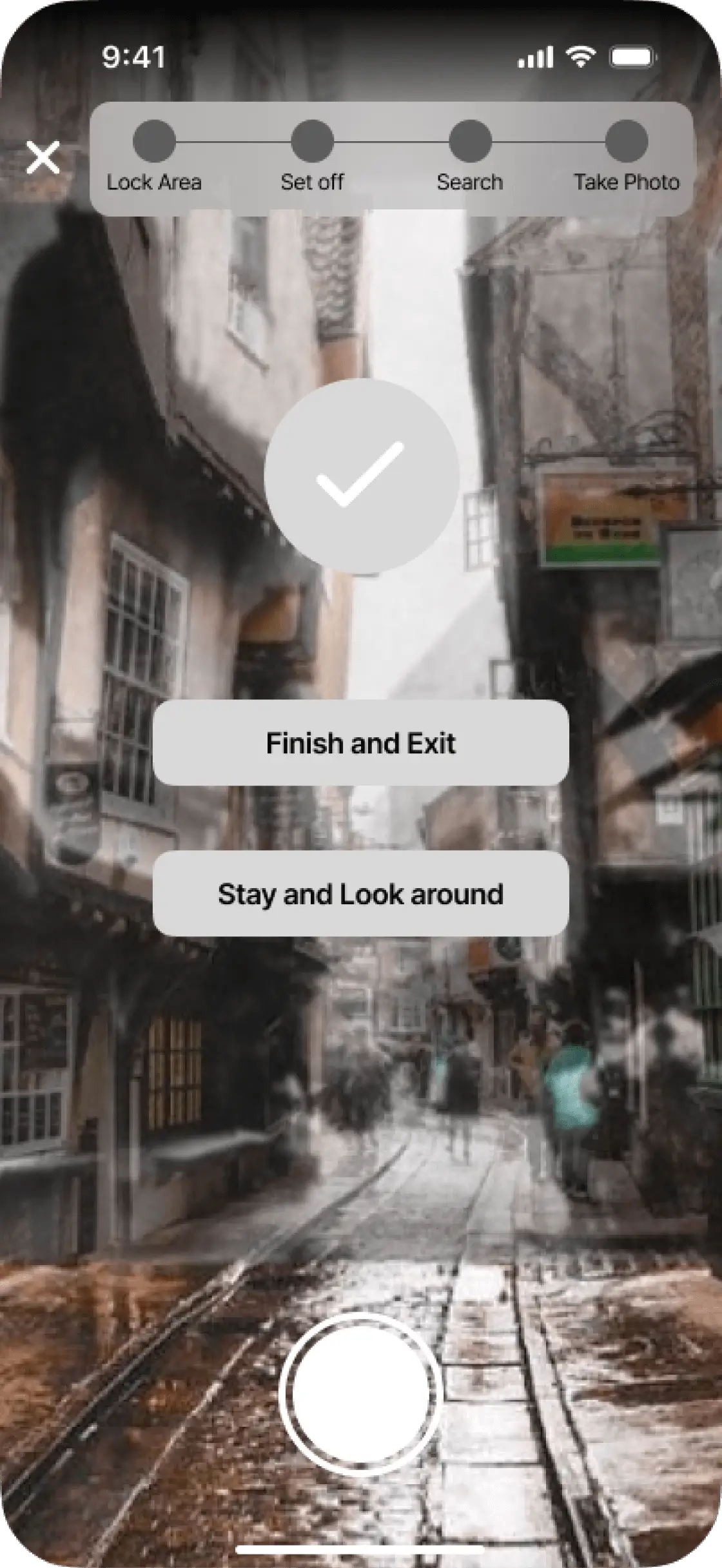
Problem
· The opacity-based overlay is hard to understand
· The interaction felt static and lacked engagement
Goal
· Make the overlay effect easier to comprehend
· Increase interactivity
1st Iteration
Introduce Movable Divider for Visual Comparison
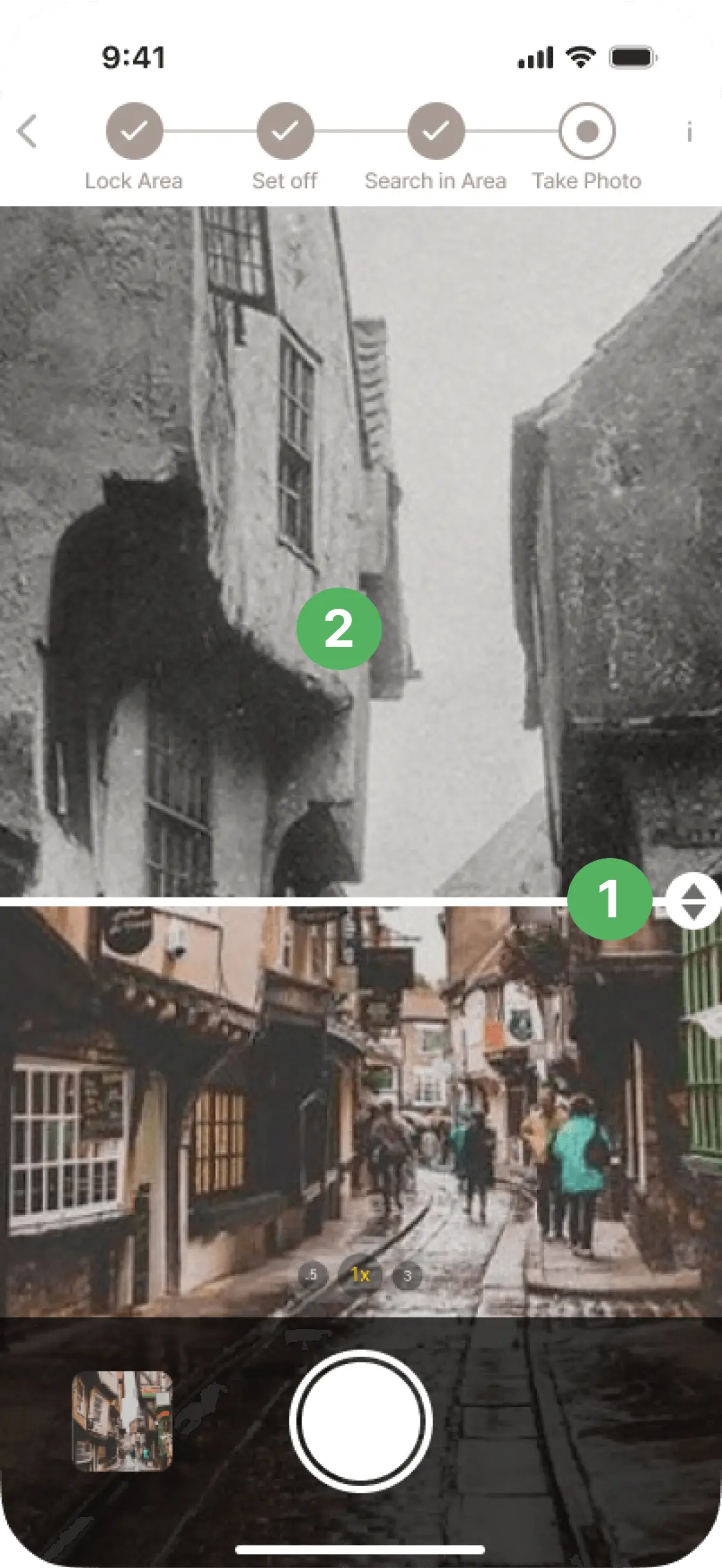
Improvement
· Replace with a side-by-side layered comparison
· Introduce a movable dividing line allowing to swipe between the old and new photos
Problem
· The divider's interaction prompt was unclear
· Users cannot grasp the photo contrast quickly
Goal
· Add labels for photos
· Add tips and visual prompts for using the divider
2nd Iteration
Add Visual Tips and Labels
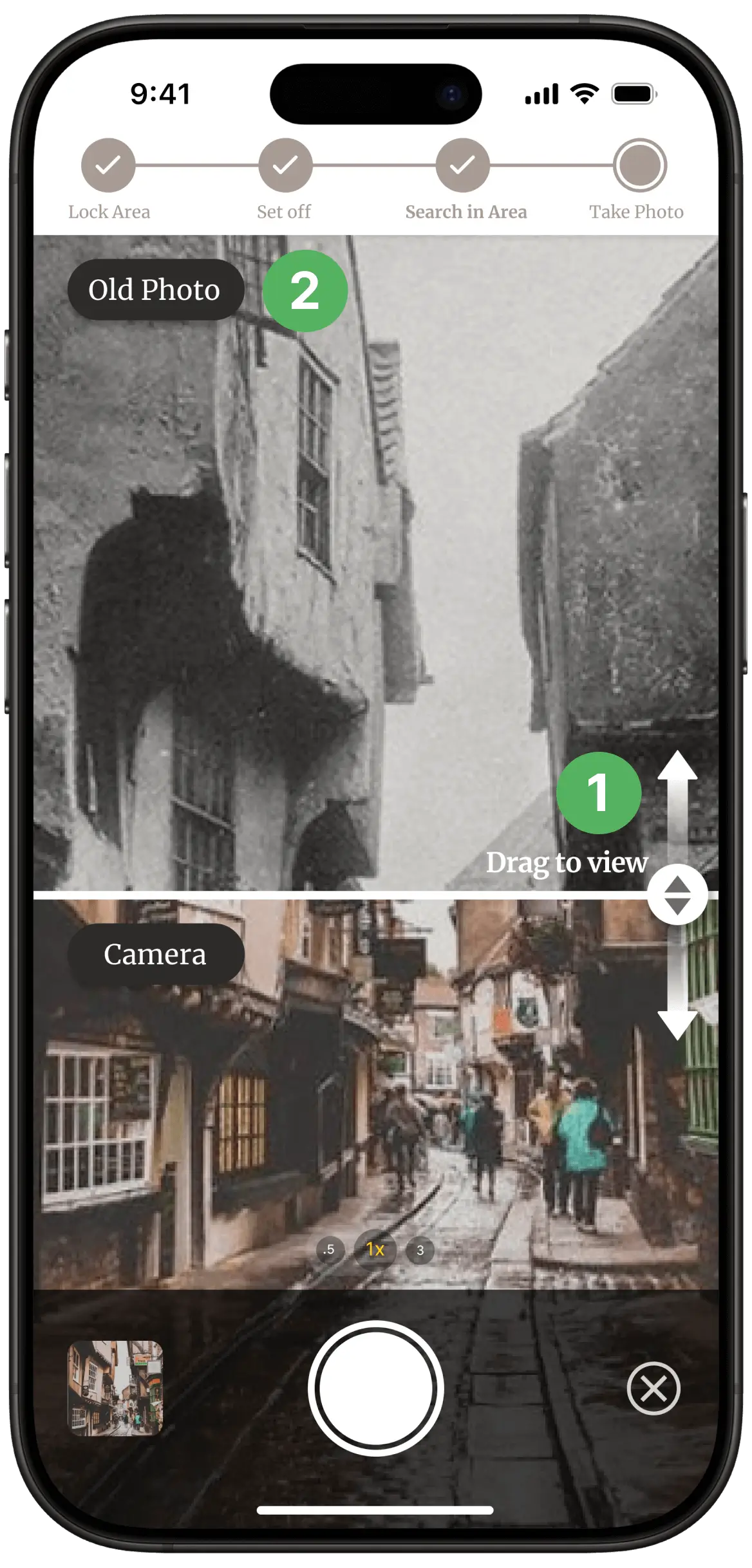
Improvement
· Add labels for photos
· Add tips and visual prompts for using the divider
Testing Result
Improvement
Rating Improvement ⬆️
Good Reviews ⬆️
The comparison-based test results provide valuable insights:
Low-fi (A, B, C, D) Average Score: 7
1st Iteration (E, F, G, H) Average Score: 7.75
2nd Iteration (A - L) Average Score: 8.92
A-D Average: 9.25 E-H Average: 9 I-L Average: 8.5
